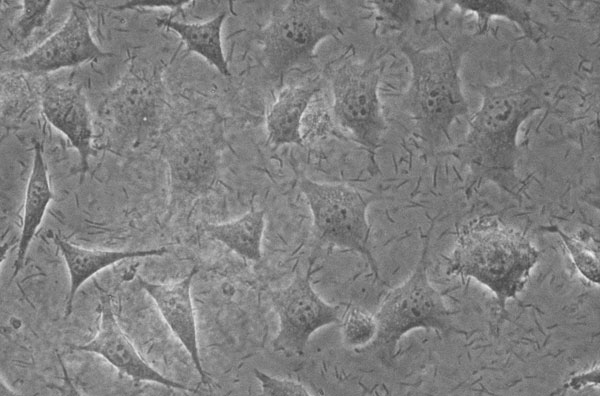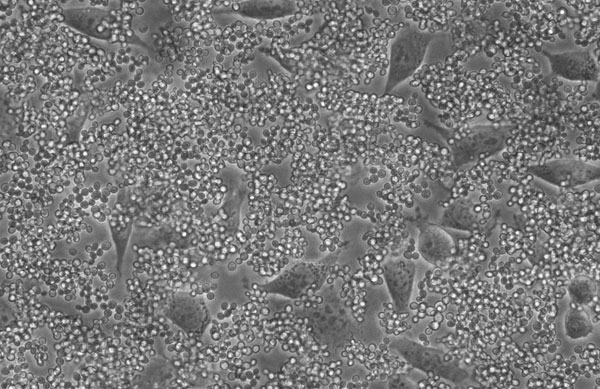
Regarding how to identify whether the new cells received are contaminated, Zhonghong Boyuan has its own complete set of scientific identification methods, and I share it with you here:
1. Visually observe the following items:
1. Cell bottle body:
If there are no cracks on the bottle, it is normal; if there are cracks on the bottle, the chance of contamination is very high.
2. Culture medium color:
If the color of the medium is red or pink, it is normal; if it is orange, it may be contaminated or the cells are too dense; if it is yellow, the chance of contamination is very high.
3. Clarity of medium:
If the medium is clear and normal; if there are a few floating substances, it may be contamination or cell apoptosis; if the medium is very turbid, or even flocculent, the chance of contamination is very high.
2. Observe under the microscope (usually the cells need to be allowed to stand for 1-2h before observation)
Can clearly observe whether the cells are contaminated with fungi under the microscope. Contamination of fungi is usually divided into bacillus, cocci and mold. In order to facilitate everyone to distinguish, I specially found photos of cells with typical contamination before, I hope to help you judge.

Escherichia coli is common, and the length is usually about 2-5um.
2. Cocci

Staphylococcus is common, with a diameter of about 1-2um.
3. Mold

The common one is Mucor, the hyphae are about 2-10um wide, the length is as short as tens of um, and the length can reach several mm.
It should be reminded that because cells leave the environment required for normal growth during transportation, some cells will undergo apoptosis or produce cell debris, which is easy to be mistaken for bacterial contamination; in addition, impurities in the culture medium are also easy to be mistaken for fibers. Mold contamination, the specific methods are as follows:
1. Cell debris and bacilli
Cell debris will only increase with the deterioration of the state of the cell, usually not growing fast; Bacillus proliferates very quickly. Taking common E. coli as an example, it takes about 40min to double at room temperature at 25℃ ), the medium quickly turns yellow and turbid.
2. Apoptotic cells and cocci
Apoptotic cells are usually only a little smaller than normal cells, and only increase with the deterioration of the cell state, usually not growing fast; cocci are much smaller, and clusters or clusters, and the medium quickly turns yellow and turbid.
3. Impurities, fibers and mold
Impurity fibers are usually filter paper fibers remaining during filtration, or cotton fibers on alcohol cotton balls, and their number will not increase without opening the bottle. Although the growth rate of mold is not as fast as that of bacilli and cocci, there will still be Significantly proliferate.